Named among the 20th Century’s most influential interior designers by House Beautiful magazine, Leta Austin Foster established her design business in Palm Beach in 1975, which she expanded in the 1990s to include offices in Los Angeles and New York. Foster believes that decorating should be fun, whimsical, not taken too seriously, and that any room can be beautiful and comfortable at the same time. Foster also believes in creating interiors that will stand the test of time.
“And that brings me to my philosophy,” Foster stated on her fabulous blog, Decorating With Sheets. Houses are NOT fashion. They are not done with tricks. No matter how many cunning articles (“101 ways to Use Aqua in Your House” “Fun Tricks with Aqua as shown by a Master”), a house should be decorated to last a l-o-o-o-ng time. Decoration, especially good decoration, is just too expensive to try and be fashionable.”
I could not agree more! Foster is one of my all-time favorite designers, and today I am delighted that she is sharing with The Glam Pad her 10 tips for creating timeless interiors…
10 Tips for Creating Timeless Interiors
by Leta Austin Foster
1. I love and use wallpaper, and wallpaper is your biggest bang for the buck – and I don’t mean those plain slubbed silk or linen – those are wallcoverings, and as much as I may love and even use them at times, you still have to have pictures, architectural, and decorative elements. I mean wallpaper with lovely designs and colours. We used a beautiful Chinese flowered paper for a bedroom overlooking the sea on Jupiter Island and then literally left the walls blank. The view of the ocean and the wallpaper design was enough. It also allowed me to use a much less expensive fabric for the curtains.
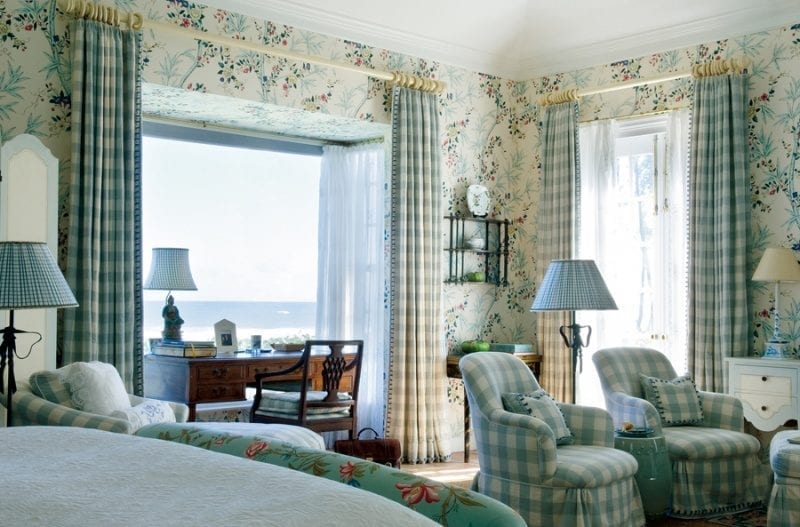
2. Billy Baldwin used to stress that you should have a 60/40 rule for how furniture is finished off. What he meant was that 60% of the furniture in a room should have skirts and 40% show their legs. This new trend of having everything with legs leaves a room a little cold and does not add to the feeling of comfort. Get some skirts – and be very, very careful in their details. I interline my skirts if my fabric is not thick enough (i.e. chintz and thin silks).
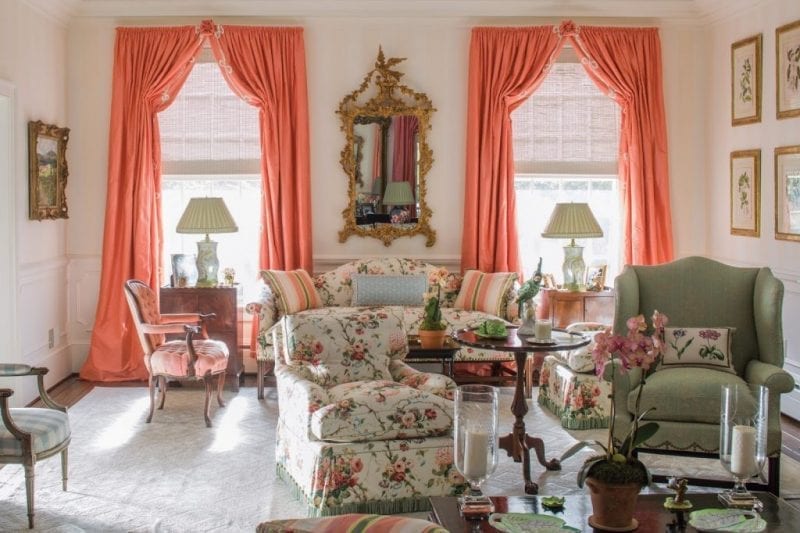
3. Have books. You don’t have to be traditional to want to have books, but books add charm and add interest to a room. I have always used them – and I don’t mean fabulous incunabula or matched bound leather sets. I mean walls of books and books in heaps; I mean books people read and also books which they cherish for their illustrations (I have collected for almost 40 years books with Arthur Rackam illustrations which I look several times a month, as they intrigue me). And don’t artfully stack up the coffee table books on low table. Stacks that are too perfect discourage anyone from anyone ever picking one up and looking through it.
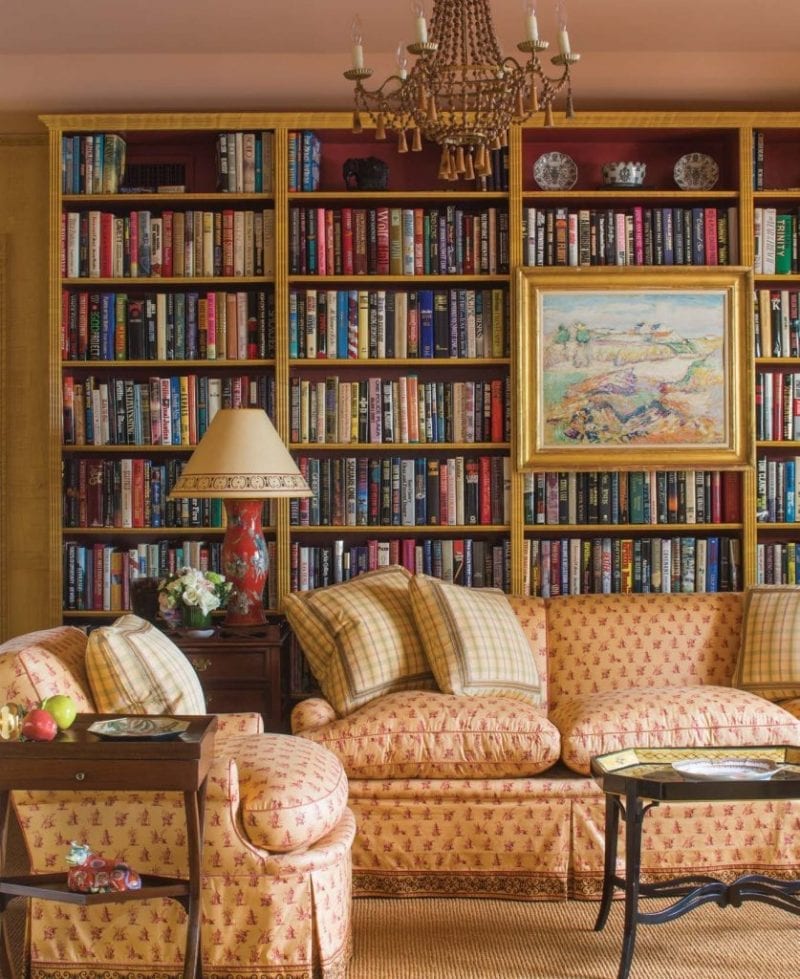
4. Use classical shapes in your furniture. There’s a reason people keep coming back to these beloved shapes. Not only are they immensely comfortable (if made well), but they are pleasing to the eye. Look around at your local craftsmen – there are so many good ones. You need to give them small things to do at first, learn how accomplished they can be, and then use them. Why would you order furniture from a catalogue – no matter how beautiful that catalogue may be – and then have to settle for furniture made half a world away with staples and glues which may well be poisonous. Buy local.
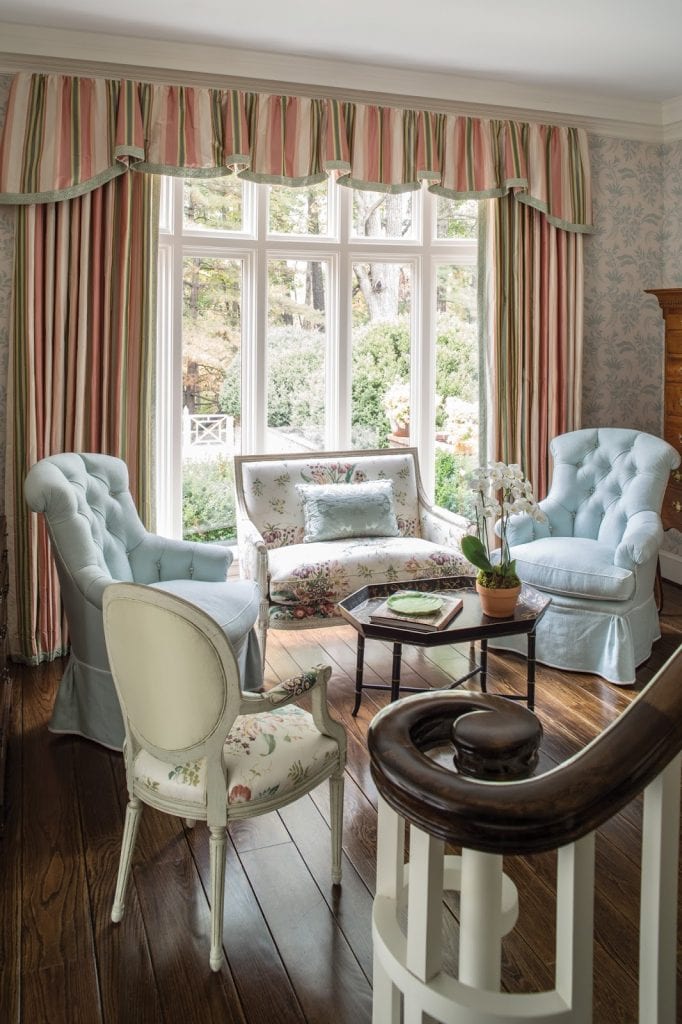
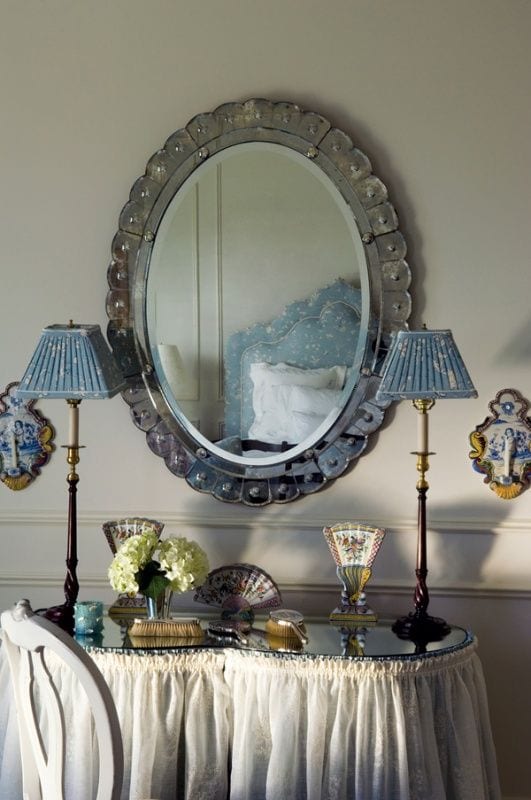
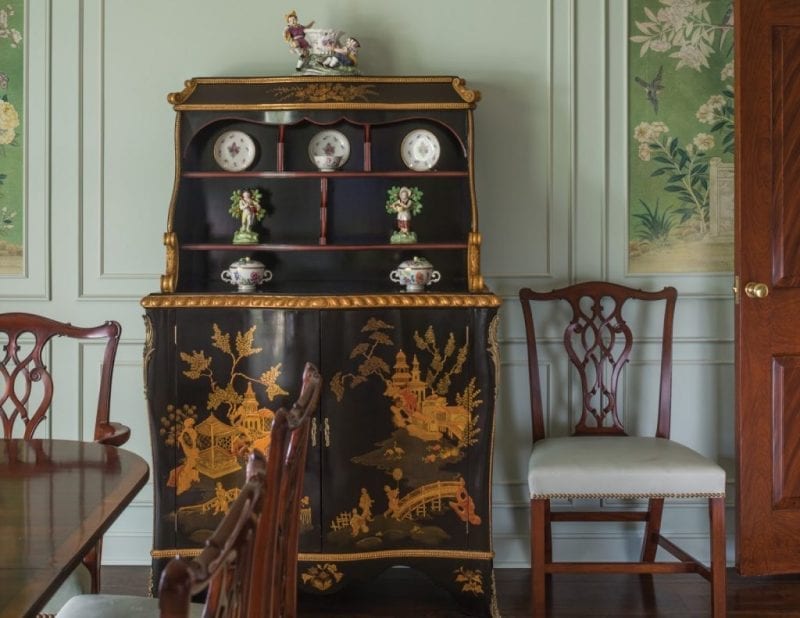
5. Forget the colour of the year! What an advertising gimmick that is, beloved by paint companies who would love for you to feel you needed to repaint all the time. But you want to decorate for the ages, not just today. Choose colours which you love and can live with. They needn’t match your fabrics – in fact, I almost never match fabrics to the paints, but of course, you would like them to look good together. And don’t tell your friends the colours you have chosen. Usually what is your favorite is not their favorite.
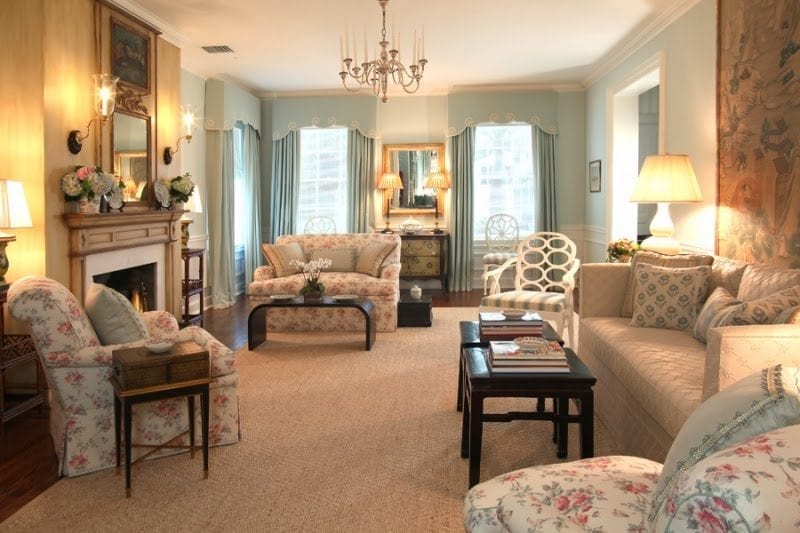
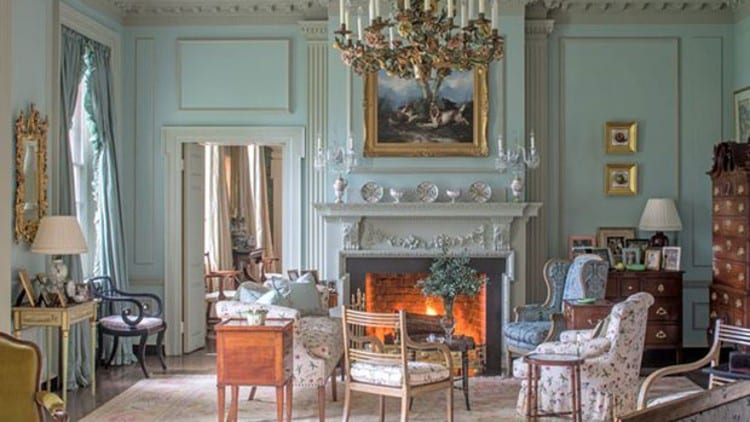
6. Have a pleasing melange of prints and weaves, not forgetting the rugs. This way you will live with these choices for a long, long time. Animal prints work very well with chintzes, and they have been around forever.
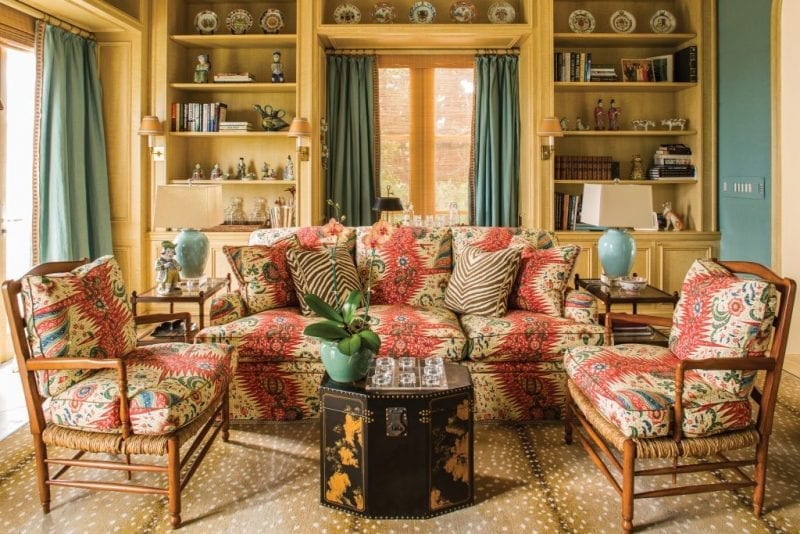
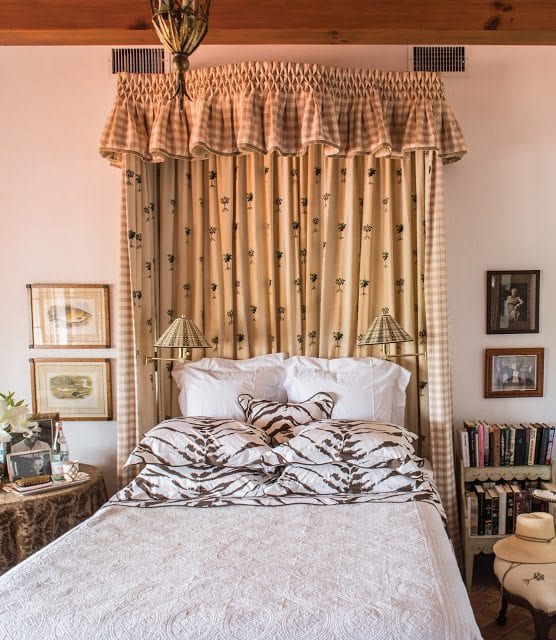
7. Put moldings up on plain bare walls to create the look of panelling. Then they can either be painted as the walls or be filled in with wallpaper or fabric or be, as the English say, “pointed” which merely means having little lines of a contrasting colour.
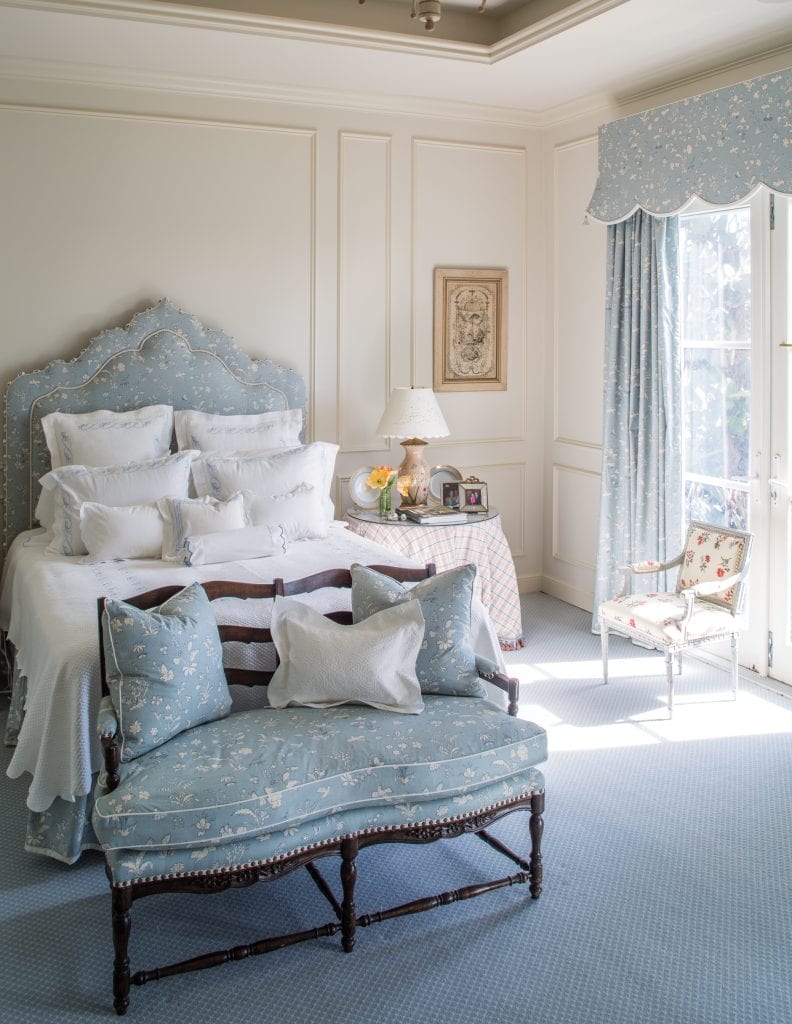
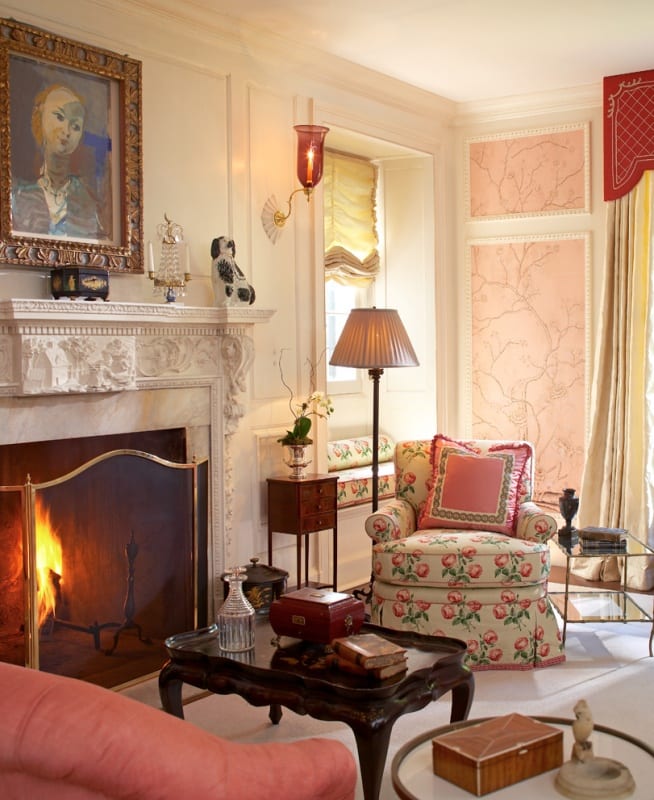
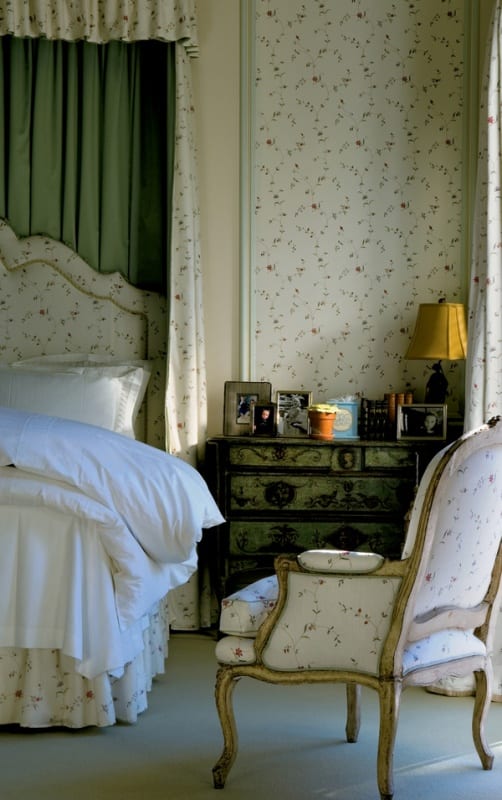
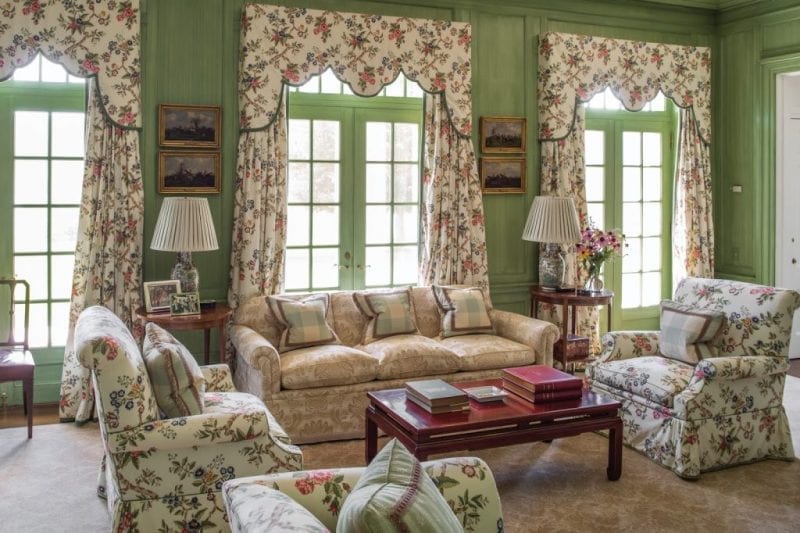
8. Forget your fear of brown furniture. Most antiques are brown furniture and the brown looks wonderful when it is contrasted with painted furniture. and chintz. and wallpaper. and beautiful curtains and rugs and so on and so on and so on. Look at Winterthur or the Metropolitan Museum and see how masterfully print fabrics and beautiful rugs, and painted furniture look with brown furniture. Get over it! And make friends with antique dealers. They can be such a learning experience for you, and if they are good ones, they will let you know when they get in something that would be right for you and in your budget. But do your homework too – learn about things so that when a dealer says “Hester Bateman” or “Thomas Seymour” or “Ebonite” to you, you know what in the world they are talking about.
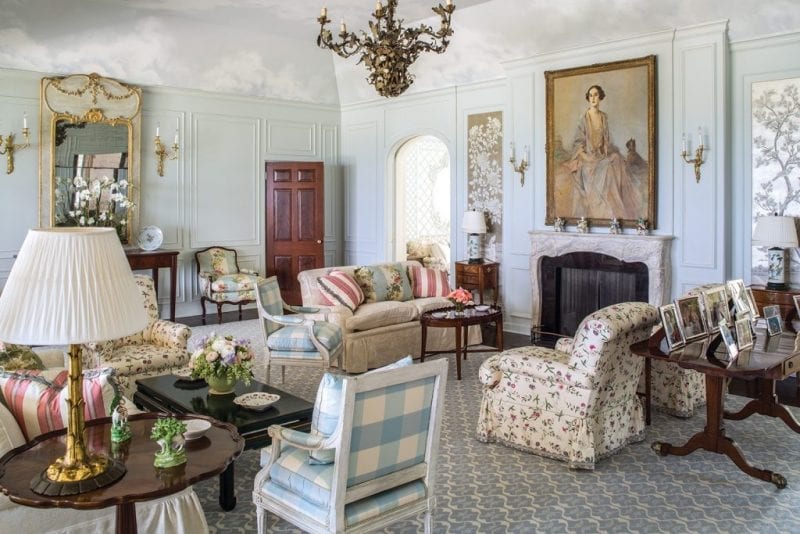
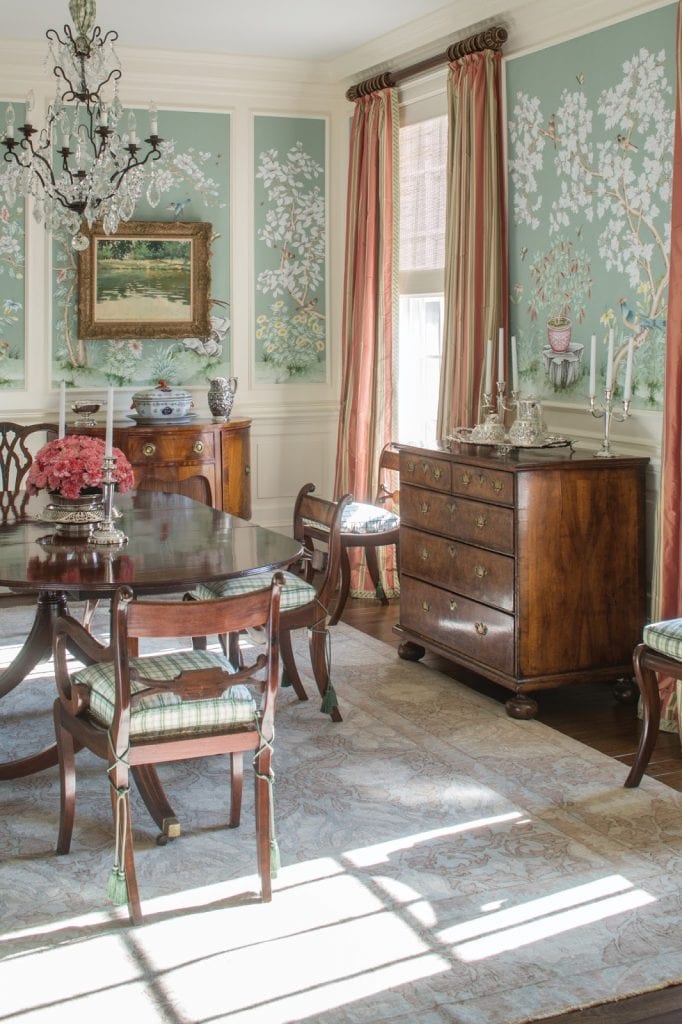
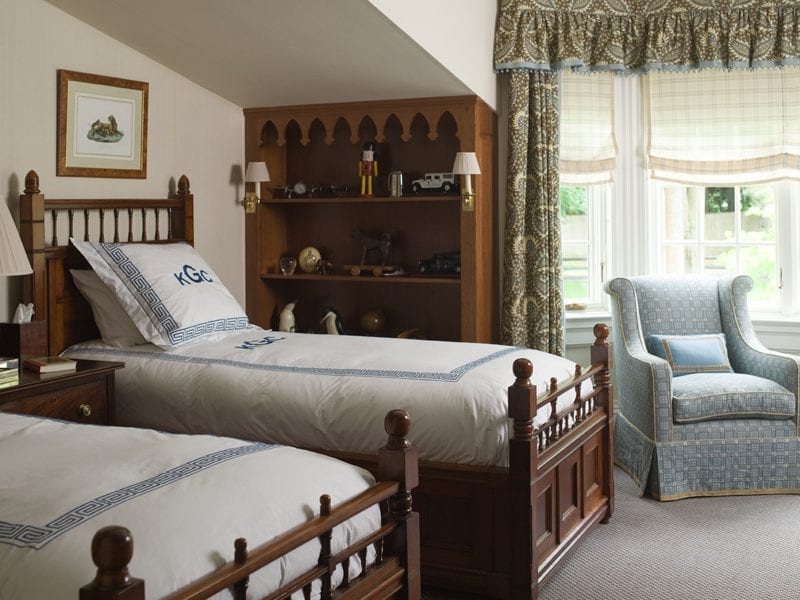
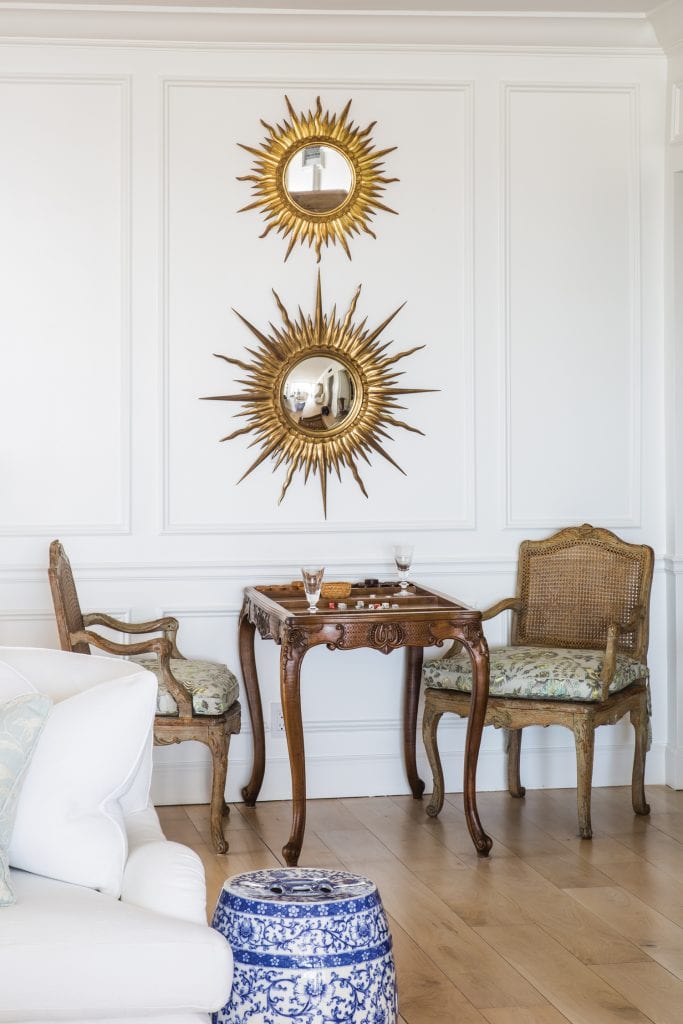
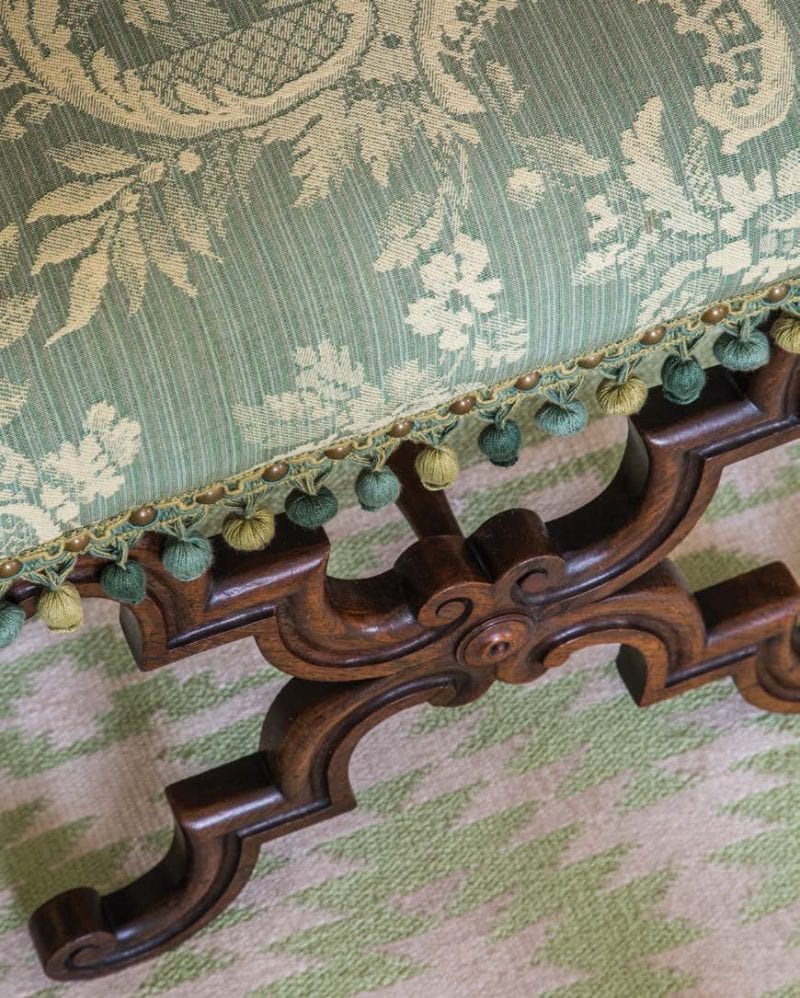
9. Take time with your details – Don’t go cheezy with curtain trims, go for real silk rather than rayon or cotton or linen or even wool. Tapes along the bottom of skirts, lovely gimps delineating the inset fabrics of chairs and settees, contrasting welting on chair covers and upholstery, smocking on curtain tops and dressing table skirts, wonderful wastepaper baskets, thermoses by the bedside with a little tray and a glass, beautiful bedlinen – these are just some of the details that make a traditional house special.
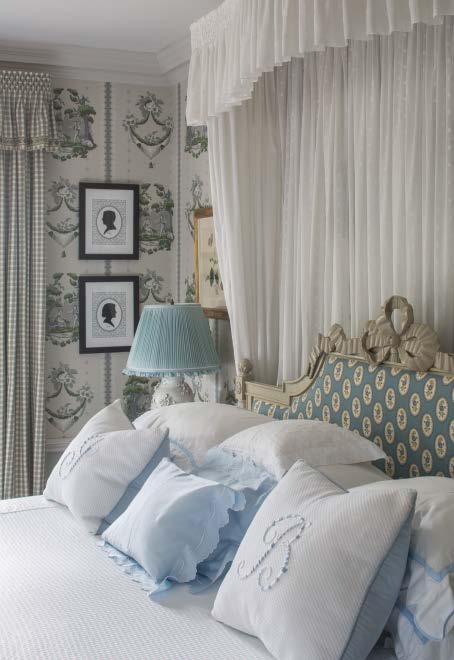
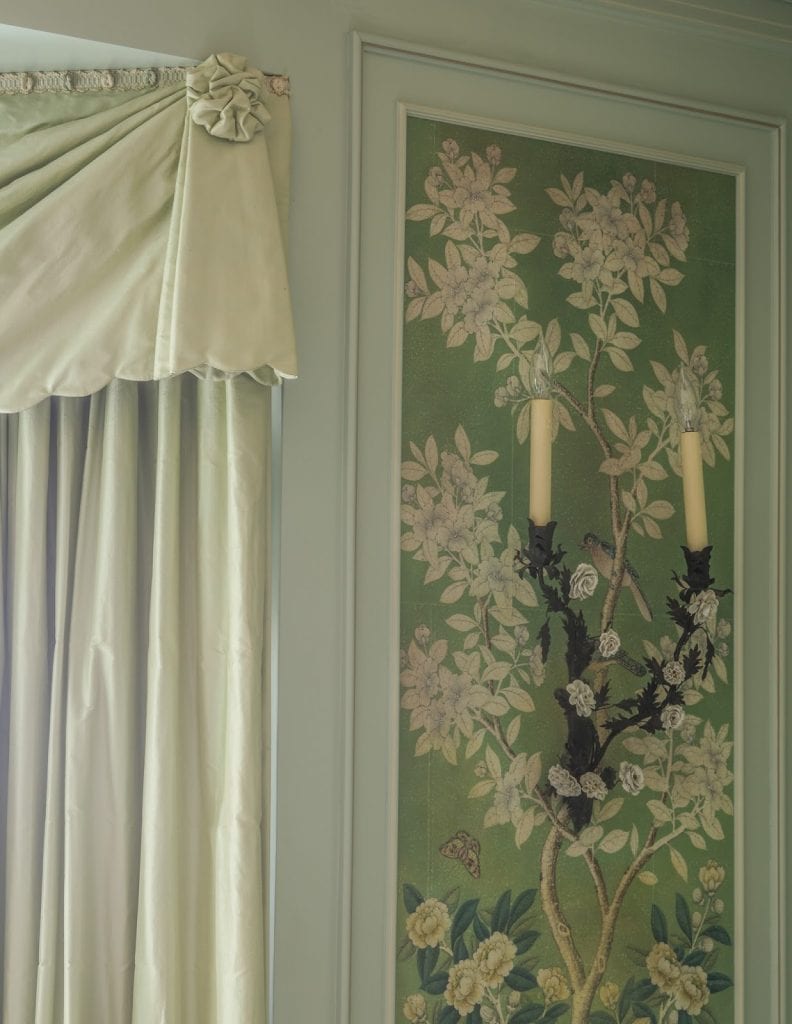
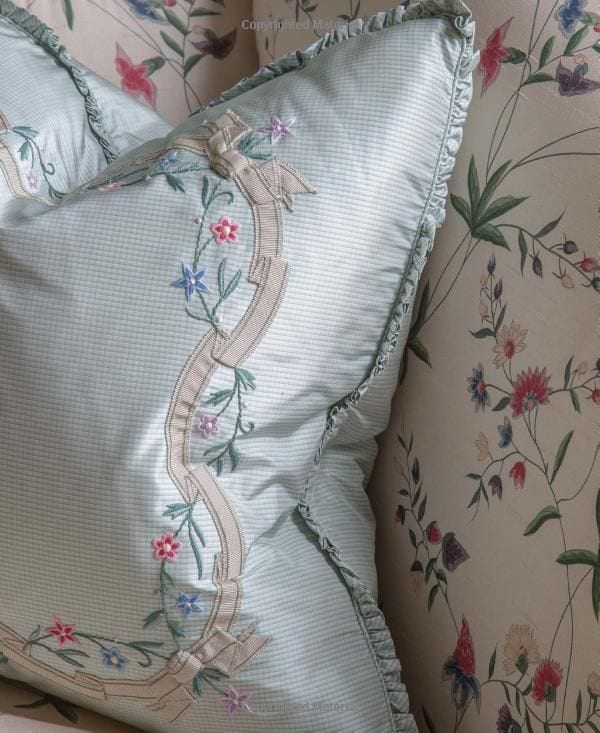

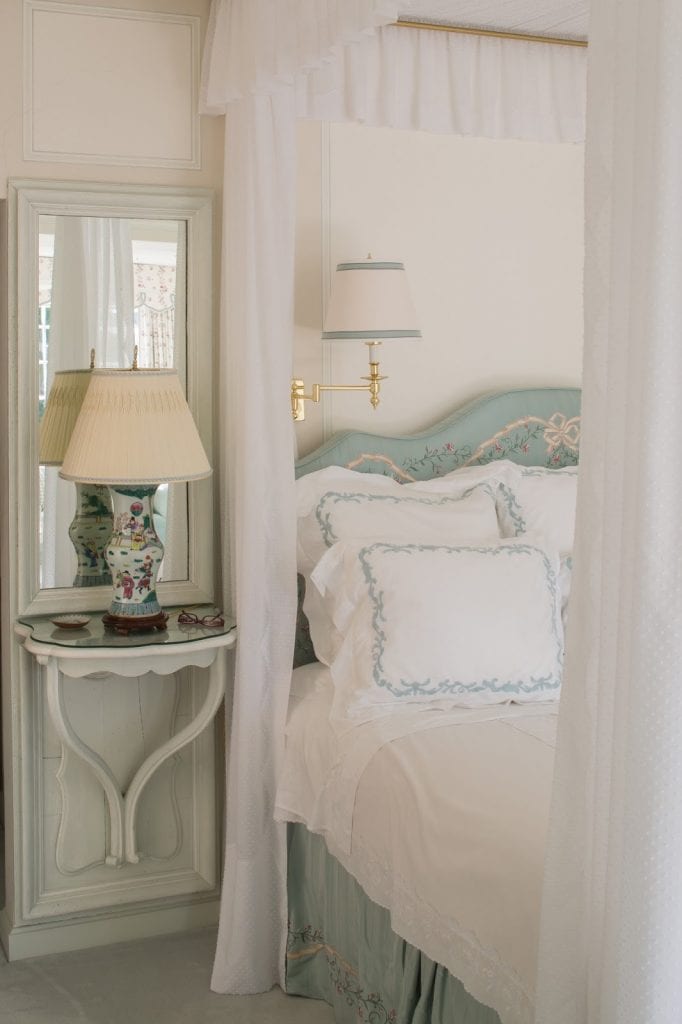
10. Lamps and lampshades. Don’t just be generic here – You might love the single or double gourd for its organic purity, but there are tole lamps and wooden lamps, and pottery lamps and lamps made from figurines. There are lamps of decalcomania and bouillotte lamps of painted tole, big lamps and small lamps, and most of them need shades. Get a good lamp store with whom you can work so that your shades will fit your lamps perfectly. Sometimes you can buy what you need right off the floor, but sometimes you will have to make your shades, so you want your lamp store man to help you with your measurements. I love to work with a man here named Alan, and he makes sure that my lamps are wired properly for safety and fitted with the proper harps. Them we measure the lamp together, and I order my shade from one of my many different shades makers – sometimes paper, sometimes silk, sometimes pleated down the sides or ruched at the bottom, sometimes with tiny inset contrasting fabrics around the base between the bottom band and the field, sometimes smocked. Casual, very dressy, plain, or grand, lamps are one of the most important things in the room. And their light is so important too. I was once privileged to work on a beautiful large modern house with the absolute king of lighting design, and I asked him what was the best form of lighting in a room. Do you know what he told me? “A lamp with a shade.” So there.
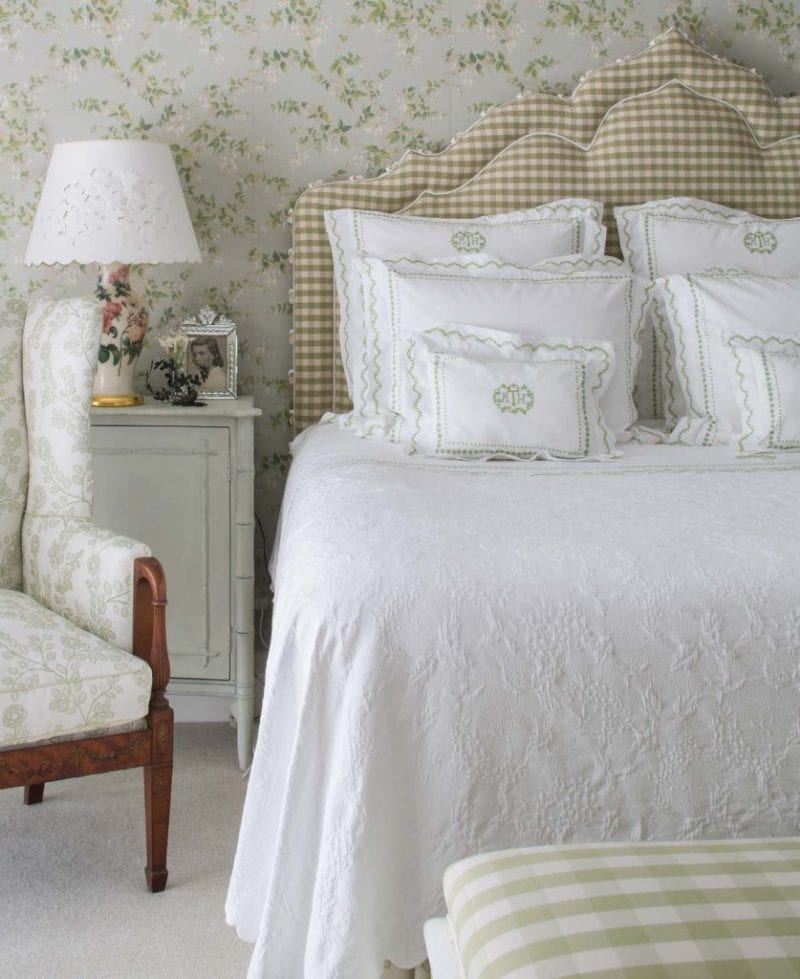
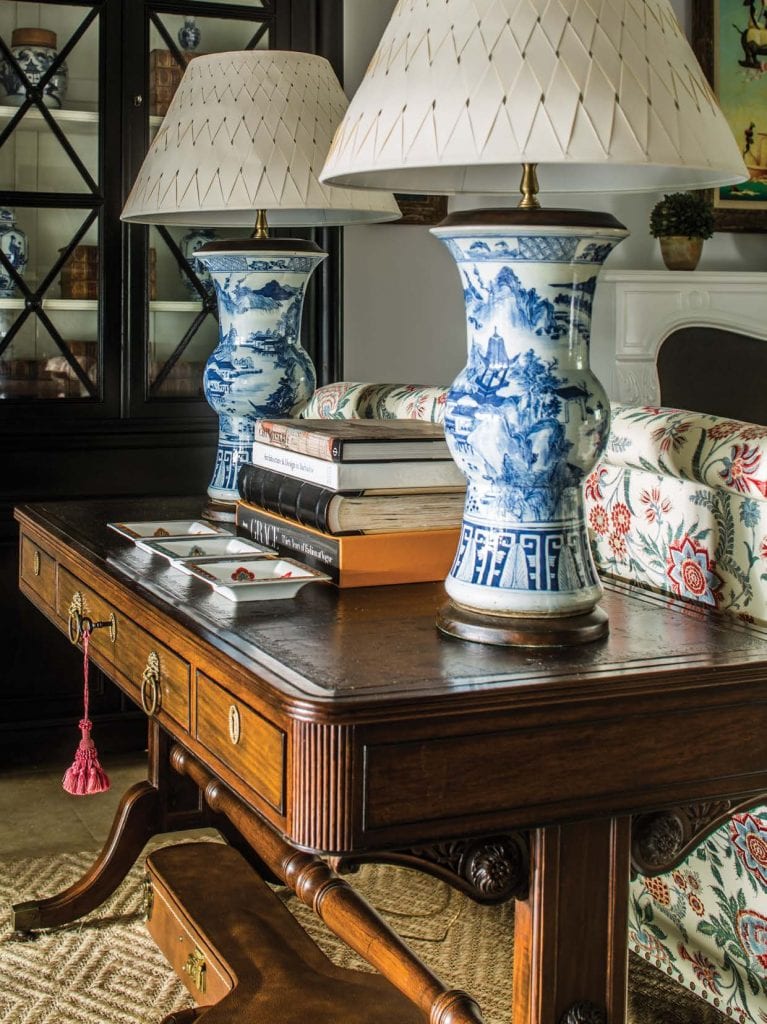
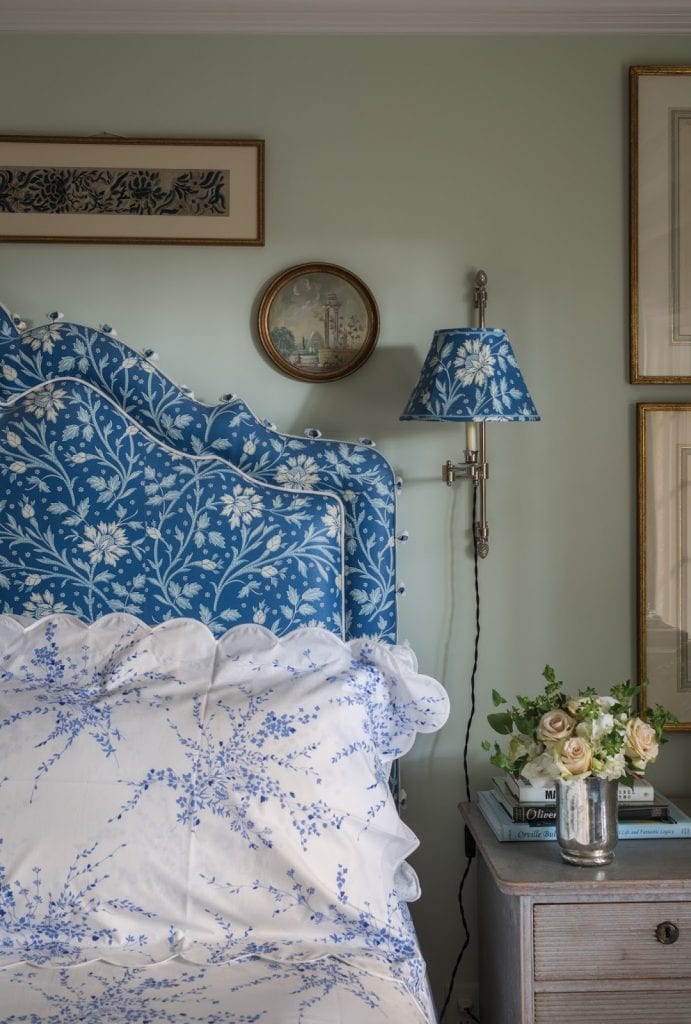
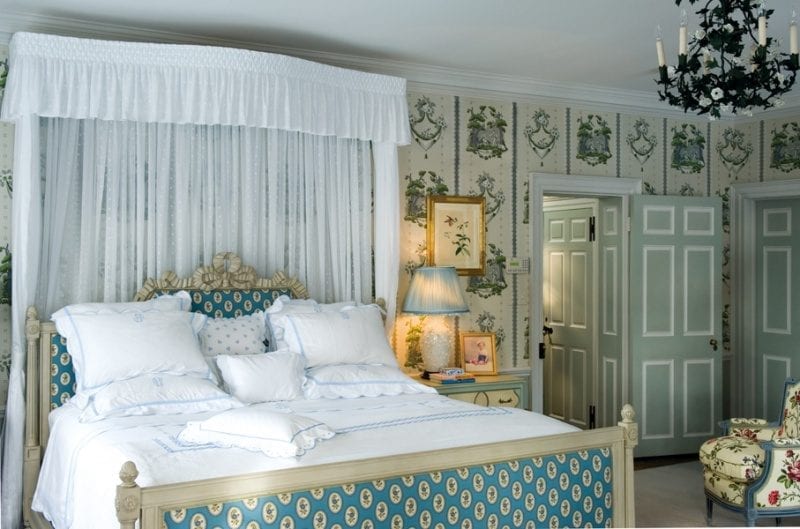
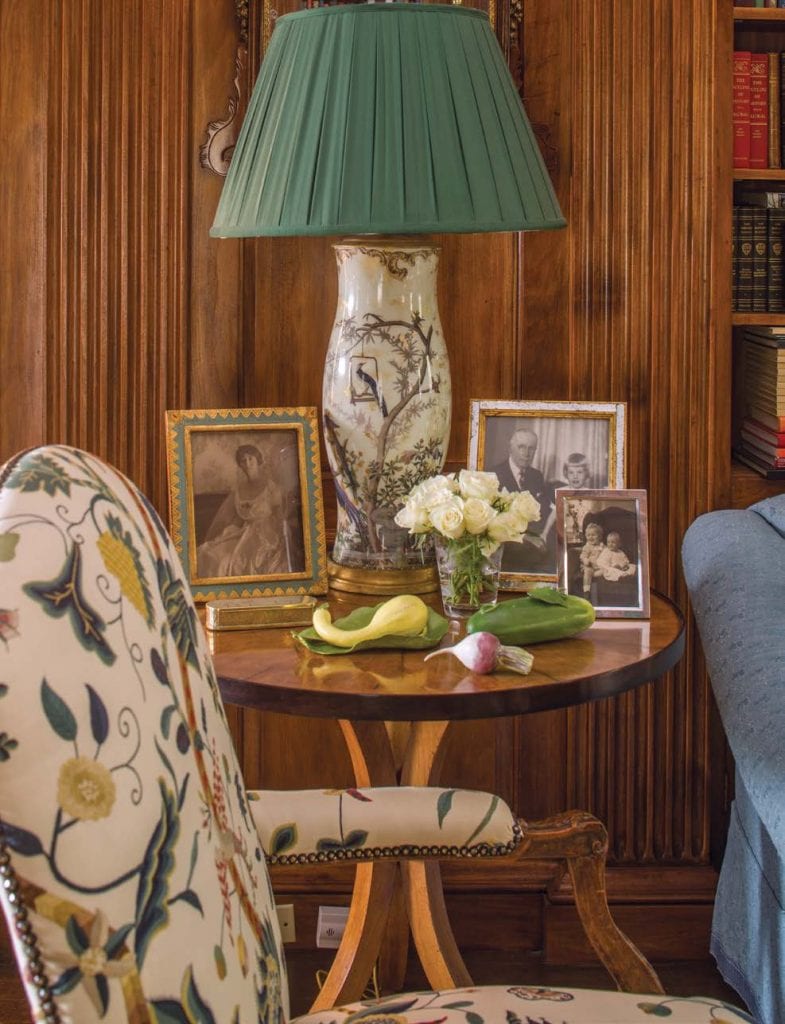
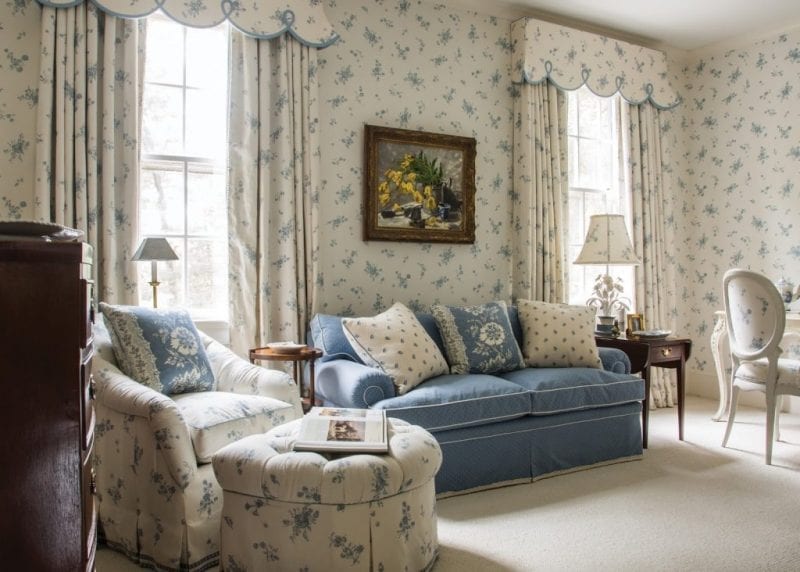
Thank you so much Leta for these wonderful tips! As a side note, I was intrigued to learn that Foster interned with Colefax & Fowler in London in the fall of 1982. You may recall from Friday’s interview with Mario Buatta the instrumental role John Fowler played in his career. “I love Imogen Taylor [a partner with Colefax & Fowler] who still has a wonderful influence in my mind when I come to needing a decision. ‘What would Ms. Taylor do?'” Foster said. So many of my favorite designers are connected to this firm! More on Foster’s English influence can be read here.
When I think about interior design, I find myself constantly asking “What would Leta do?” She has truly created some of the most beautiful rooms I have ever seen. For more inspiration from Foster, I highly recommend her book Traditional Interiors (mine is tattered and torn from use!) in which she describes in detail the key elements for creating your own traditional, timeless rooms. The book is divided into four main subjects that illustrate and explain the often complex design process – Curtains, Walls, Upholstery and Trim, and The Details. I reviewed her book here. You can tour a classic Florida home she designed here, an ocean front home here, and a historic Virginia home here. For daily inspiration, please follow @letaaustinfoster on Instagram, and when in Palm Beach you must visit the Leta Austin Foster shop in Palm Beach, which she opened to satisfy her meticulous search for the ideal accessories such as linens, tableware, silver, and furniture.
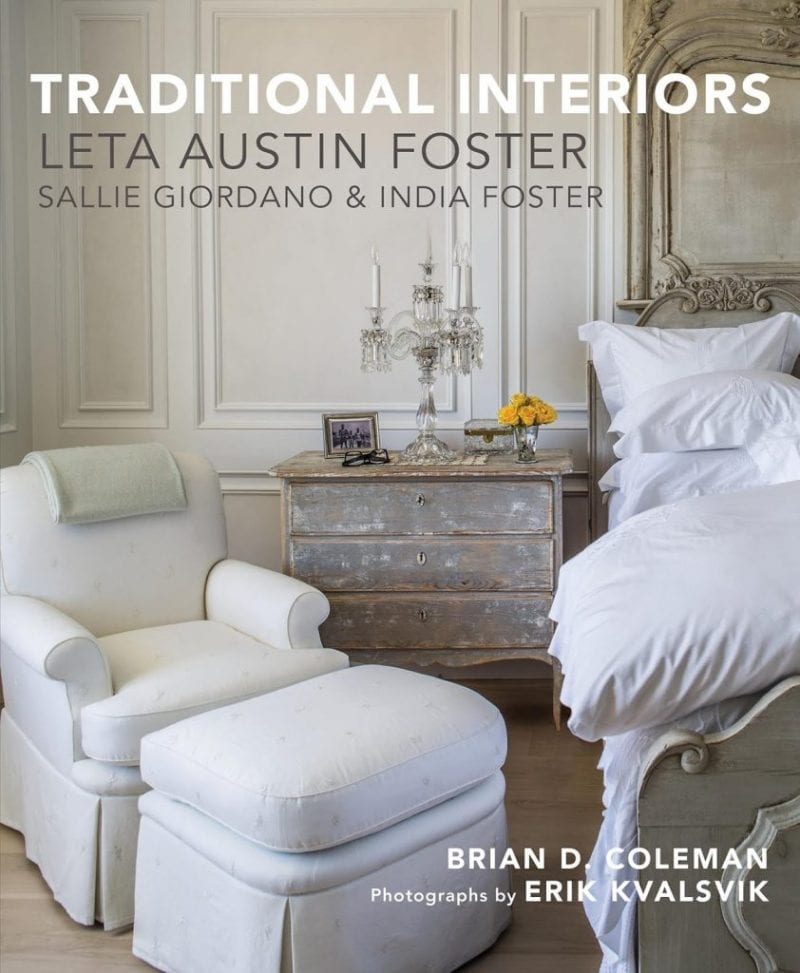



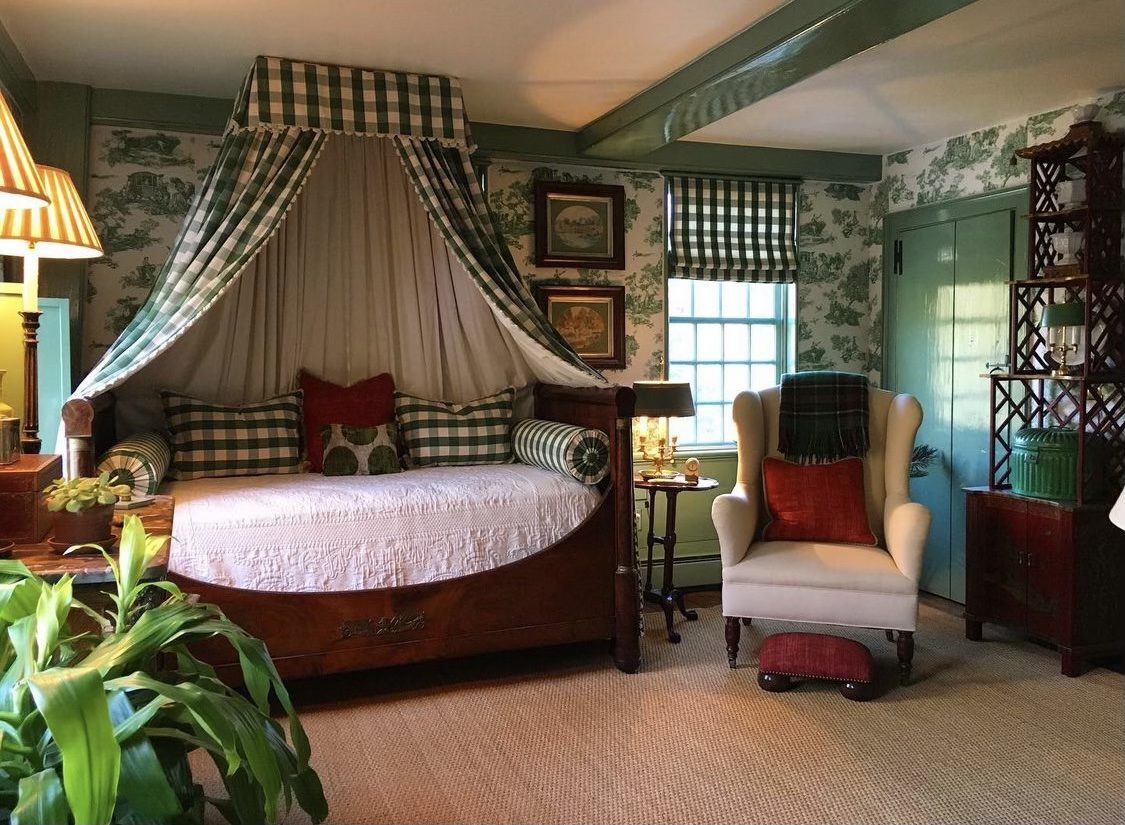


What a fantastic article! Your ideas are old school and lovely! Thank you for a beautiful article!
I absolutely adored this post, Andrea! Bravo! I am excited for the rest of the fabulous posts you have planned for Anti- Trend January.
Lovely rooms! Thanks so much.
Thank you for the lovely article! I, too, adore custom lampshades but am having a difficult time finding a lampshade designer. I have no to-the-trade access. Any suggestions on where to look or who to reach out to? Thank you!
Try The Laurie Holladay Shop in Gordonsville, VA…they can make any lampshade…they are amazingly talented…and, sooo nice, too!
My goodness that was an awe inspiring article! Can’t tell you how happy it makes me to see rooms decorated this way and to know this most wonderful way of decorating is still happening…since starting to read and so look forward to your blog I have started putting all the collections back out, embracing Needlepoint again and been so glad I kept the beloved Chintz pieces. I too love color on the walls whether wallpaper or an actual color….Thank you Andrea, I hope you are introducing a new generation to these wonderful possibilities.
Yes! Exactly!
Mario Buatta is the Prince of Chintz, but Leta Austin Foster is the Queen of Traditional Decorating. I have had her book for a while now (on your recommendation, Andrea) and love it. These rooms are absolutely lovely, and her tips are right on. Decorating is forever. With very little tweaking, a classically decorated room such as these never go out of style. One does it right the first time. Colour of the year, indeed. Pick a colour you love, and stay with it for years. As long as it makes you happy.
I enjoyed this post immensely. Such a timeless set of ideas. I actually remember learning the 60/40 rule long ago, but had forgotten it. I am so enjoying this month’s posts.
So beautiful!! I have to admit these images also make me feel a bit tired just imagining all the work involved… not to mention the money. I suppose that could be one reason people are drifting away from traditional design- maybe we have less money than people had in the past, and fewer full time homemakers… Still, the rooms are breath taking!
A wonderful post, enjoyed it immensely!!! I so enjoy your blog!
Thank you for sharing lovely classic designs which is my forte`..
Thank you for an awe inspiring post. I chuckle at the not so long ago memory of searching and then purchasing my favorite chintz – so many trying to convince me it was out and not coming back!
I did notice that she does not include many paintings/prints in the photos exhibited. My rather large art collection plays a huge factor in my decorating.
Thanks again!
These interiors are glorious – I get so tired of the trends and my eye always returns to these classic styles. I waited 5 years to decorate my master bedroom in our house because I was saving money to do it the way I wanted with the fabrics and furniture that I knew would stand the test of time. So worth the wait-I’ve been in our house 16 years now and have NEVER tired of my classically-decorated rooms. Thank you for this wonderful post!!
Absolutely gorgeous in the most comfortable, elegant way imaginable. Her taste is to die for.
Andrea thank you for this addition,one of my all time favourite designers.When I look at her work,it’s the details,the finish,the care that I notice most.These rooms live and are lived in,the eye of an exceptionally talented woman who obviously has oodles of common sense.
Thank you for this beautiful post! It is a treasure trove of information and inspiration.
That was fabulous!! I love her style and her approach to decorating….can’t wait to get the book and see more!
Thank you so much for posting this!
What a gorgeous post! And the timing for me is a delightful coincidence – this is my first time reading this blog. My husband and I are restoring/renovating a Civil War era farm house with some small “delusions of grandeur” – great layout, lots of light, high ceilings, and original woodwork. I had already decided that my approach would be to completely ignore current trends, including neutrals, and my philosophy would be timelessness and to honor classical proportions . My additional criteria include using beautiful “happy” colors, beautiful wallpapers, furniture with graceful curves, no “matchy-matchy”, and being “imperfectly perfect” so that the house has life and movement. My goal is the intersection of extreme beauty and extreme comfort.. I’m so happy to find this post and all the related resources for help in achieving this! Thank you!
So many “designer tips” are generalities we’ve heard time and time again, with no support as to the WHY. I’m an analytical person, so I crave more than the easy one-liners. Thank you so much for introducing me to Lena, and thank you so much to Lena for sharing her decorating wisdom and the details behind each one. For instance, I love wallpaper, but it gets pricey to paper a whole room. However, Lena is so right that spending more on wallpaper allows you to spend less on art or other flashy fabrics to visually fill a room. That’s a nugget of wisdom that is useful to be reminded of. I’m pinning this post in a special folder so I’ll know I need to read Lena’s tips over and over again. I’m now delving into your other posts about her, and her book you recommended is on my purchase list!
Beautiful!
Horray, no grey! I love classic rooms. My living room is painted wedge wood blue, dining room is burnt orange on top and cream below chair rail, one bathroom is rose pink. Paintings are everywhere. Also, oriental rugs and antique furniture. Thank you.
This is truly an inspiring and beautiful home. I love it. Being g brought up in a family of antique dealers and collectors I’m probably biased in my choices. I have a real problem with being afraid to add other colors to my basically blue color theme. In other words it comes off rather boring. This post helped slot. Fearless in choices is what I’m trying to achieve. I’m not there yet but this article helped.
This is the best article I have read in a long time , informative and interesting. Thank you.
I agree with paint of the year. I want my MB in a soft dusty blue & white. I would like to add a soft pale pink. I love lace & antiques. I have a Strauss Crystal Chandelier I’m going to add also. I’m taking my time. I have collected some decorative pieces to add. If you have any helpful suggestions, that would be greatly appreciated. Thank you